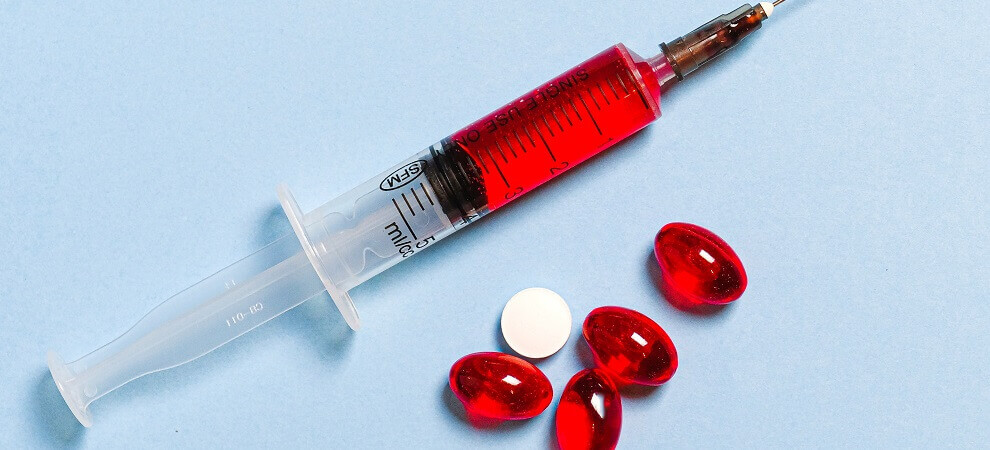There are lots of medical conditions which qualify you for VAT exemption on your Lifeline alarm. In this guide, we’re taking an in-depth look at Deep Vein Thrombosis.
What is Deep Vein Thrombosis?
Deep Vein Thrombosis (or DVT) is a condition where a blood clot forms in one of your deep veins, commonly in your leg. Sometimes, this blood clot can break away from the vein and travel through the body to the lungs, causing a pulmonary embolism (PE). This is a serious medical emergency, which doctors estimate causes thousands of deaths each year in Ireland.
Causes of Deep Vein Thrombosis
Anybody can develop Deep Vein Thrombosis, regardless of age, sex, or fitness. However, it is more common in people over the age of 40. Other factors which increase your risk of DVT include:
- Blood vessel damage
- Inactivity for long periods – especially after surgery or during a long journey
- Family history of blood clots
- Pregnancy
- Obesity
- Clot-prone conditions such as cancer, heart disease, and thrombophilia
- Taking the combined contraceptive pill
- Hormone replacement therapy
Symptoms of Deep Vein Thrombosis
Although some people may not see any symptoms of Deep Vein Thrombosis, here are the ones to look out for:
- Pain, swelling and tenderness, usually in just one of your legs
- A heavy ache in the affected area
- Red skin – particularly at the back of your leg, below the knee
- Warm skin in the area of the clot
- A mild fever
If you notice any of the above symptoms, then you need to contact your GP. Remember that, although Deep Vein Thrombosis usually affects just one leg, this is not always the case.
Treatment for Deep Vein Thrombosis
When you visit your doctor, they will likely perform a few tests in order to reach an accurate diagnosis. One common example is the D-dimer test, which detects pieces of blood clot that have been broken down and are now loose in your blood stream. The more pieces they find, the more likely it is that you have a blood clot in your vein.
Other tests include an ultrasound scan to try and detect blood clots and a venogram if the previous two tests were unable to confirm a diagnosis. During a venogram, a special liquid known as contrast dye is injected into a vein in your foot. This then travels up your leg and can be detected by an x-ray – which will highlight a gap in the blood vessel where a clot is stopping the flow of blood.
Once you have received a DVT diagnosis, treatment usually involves anticoagulant medicines such as herparin and warfarin. These reduce the blood’s ability to clot and prevent existing clots from increasing in size.
Your doctor will also prescribe you with compression stockings. It’s important that you wear these every day in order to improve your symptoms and prevent any further complications.
Without proper treatment, around one in ten people with deep vein thrombosis will develop a pulmonary embolism. This is a life-threatening condition, so it’s important to be aware of the symptoms.
Symptoms of Pulmonary Embolism
The tell-tale signs of PE include all of the deep vein thrombosis symptoms we have already discussed. In addition, you should look out for:
- Shortness of breath
- Chest pain, especially when breathing deeply
- Coughing up blood
If you experience any signs of a pulmonary embolism, you should call 999 immediately. For more information, go to the Thrombosis Ireland website.
VAT Exemption
Deep Vein Thrombosis qualifies you for VAT Exemption when you order a personal alarm from LifeConnect24. This means that you will not have to pay any VAT whatsoever on your new alarm system.
Remember to always consult a medical professional if you are worried about your health or are planning to make lifestyle changes.
For more information, or to order your new Lifeline alarm, call us toll-free on 1 800 937543. Or, if you prefer, you can order your Lifeline alarm online.
Editor’s Note: This article was updated on 28th April 2022 to reflect current, accurate information.





